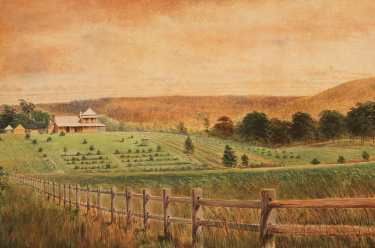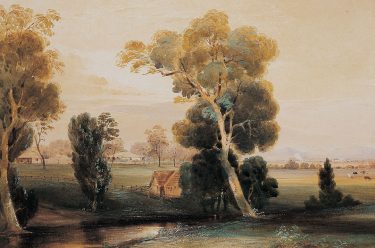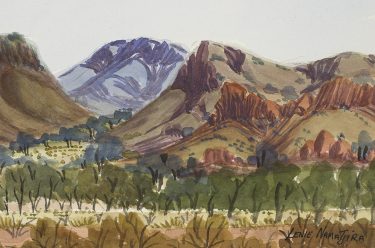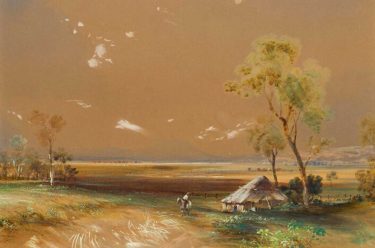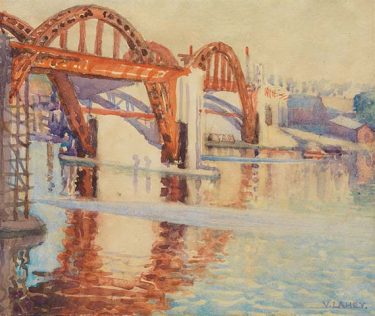Go back in time with early Brisbane watercolours
Together with drawing, watercolour was most often the medium of choice for documenting the early years of settlement in Queensland, especially to depict the landscape, chosen for its ability to record fine detail, evoking atmosphere, and most favoured for its portability and convenience. In this watercolour Farm landscape with colonial homestead 1888 Robert S (Saunder)…
Continue reading » “Go back in time with early Brisbane watercolours”
